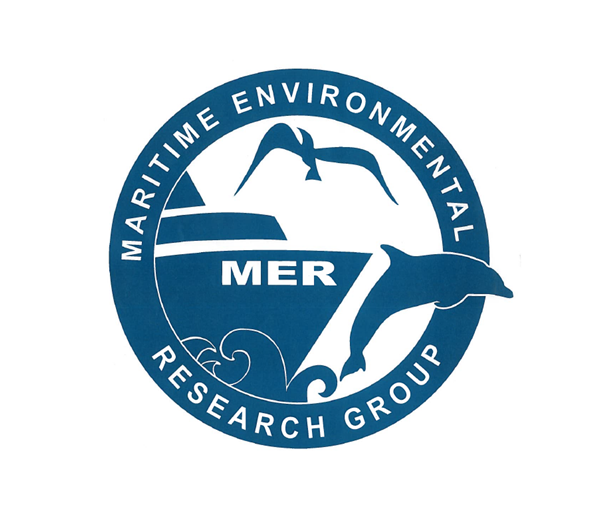
Journal Publications
Title
Oil Contamination In Ogoniland, Niger Delta
Document Type
Article Restricted
Publication Date
10-2013
Journal Title
Ambio
Volume Number
42
Issue Number
6
Abstract
The study shows extensive oil contamination of rivers, creeks, and ground waters in Ogoniland, Nigeria. The levels found in the more contaminated sites are high enough to cause severe impacts on the ecosystem and human health: extractable petroleum hydrocarbons (EPHs) (>10-C40) in surface waters up to 7420 μg L−1, drinking water wells show up to 42 200 μg L−1, and benzene up to 9000 μg L−1, more than 900 times the WHO guidelines. EPH concentrations in sediments were up to 17 900 mg kg−1. Polycyclic aromatic hydrocarbons concentrations reached 8.0 mg kg−1, in the most contaminated sites. The contamination has killed large areas of mangroves. Although the natural conditions for degradation of petroleum hydrocarbons are favorable with high temperatures and relatively high rainfall, the recovery of contaminated areas is prevented due to the chronic character of the contamination. Oil spills of varying magnitude originates from facilities and pipelines; leaks from aging, dilapidated, and abandoned infrastructure; and from spills during transport and artisanal refining of stolen oil under very primitive conditions.

